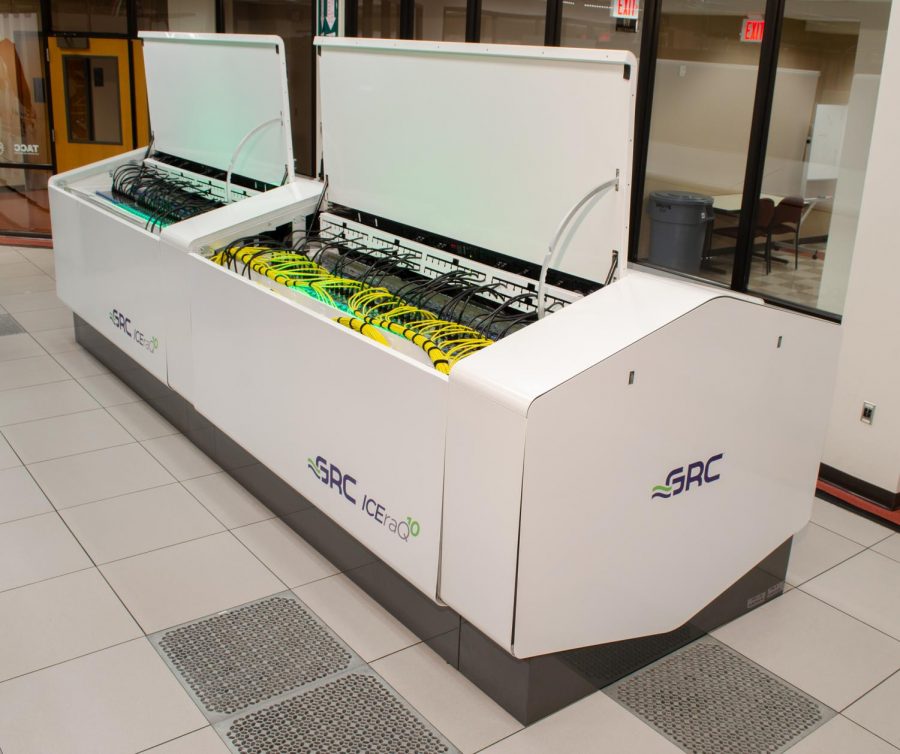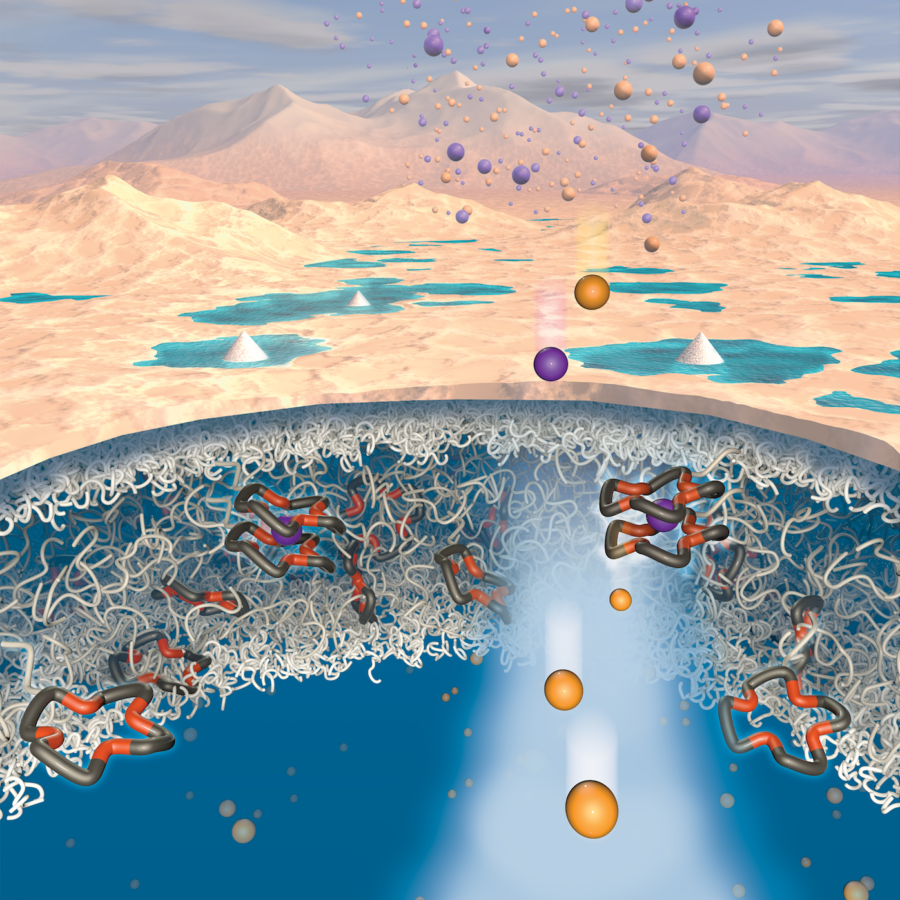A team of German and U.S. researchers, including two UT professors, discovered a way to freeze sand, visualizing the process of forming crystal structures with lasers.
Harry Swinney, UT physics professor and co-author of the paper, describing this technique, found that shaking walls of a box packed with sand-sized glass spheres causes these spheres to organize themselves into crystal structures similar to those formed when liquids change to solids. The grains took up less space in the box once they were more organized.
“The transition to a material that is essentially a solid from a material that is a liquid is not well understood after thousands of years,” Swinney said. “The whole crystallization process, the transition from a liquid to a solid, is extremely difficult to grasp.”
Charles Radin, mathematics professor and paper co-author, said granular materials — such as sand — can help scientists understand physical properties of matter better than when water is used.
“Crystalline sand was a remarkable substitute for this experiment,” Radin said. “Theorists were treating sand the way other theorists were treating water with molecules. I started working on a model of water-freezing, and I knew that people who worked with sand worked with a similar model to mine.”
Radin added that determining in detail the responses of crystalline sand to various forces at a practical level can open up new pathways for research.
“It can demonstrate the usefulness of physical properties in everyday settings,” Radin said.
The grains of a naturally occurring pile of sand, which were reshuffled into a disorderly arrangement, take up about two-thirds of the available space in the box. In their experiment, Swinney and Radin filled a cubic box with hinged walls, which they called a “shear cell,” with sand. By slowly tilting two opposite walls back and forth by a small angle many times, they found that the grains reorganized into a very orderly crystalline arrangement, allowing them to fill up nearly three-quarters of their available space.
The researchers would begin their experiment by moving the two opposite walls back and forth for a while. They would then eventually stop and run a thin laser sheet across the whole box, illuminating a cross-section of spheres, while a camera snapped a photo.
They then moved the laser sheet slightly closer to the camera and took another photo. By scanning across the entire box, they built a complete three-dimensional image of the spheres at that stage.
They repeated this process — wiggling walls for a while, stopping, building a 3-D snapshot — many times and strung together the snapshots into a video to reveal how the grains rearranged themselves and crystals formed.
“To visualize the process of the particles rearranging themselves in the box in the video, we used a technique involving a laser,” Swinney said. “Without the laser, we wouldn’t have possibly known about the orderly crystalline arrangement.”
An alternative application would be to pack sand or other granular material more densely to save on shipping costs.
“All of the crystals have the same density,” Swinney said. “The maximum density that can be achieved, and that’s proven mathematically, is 72 percent of the volume of spheres is filled.”





















